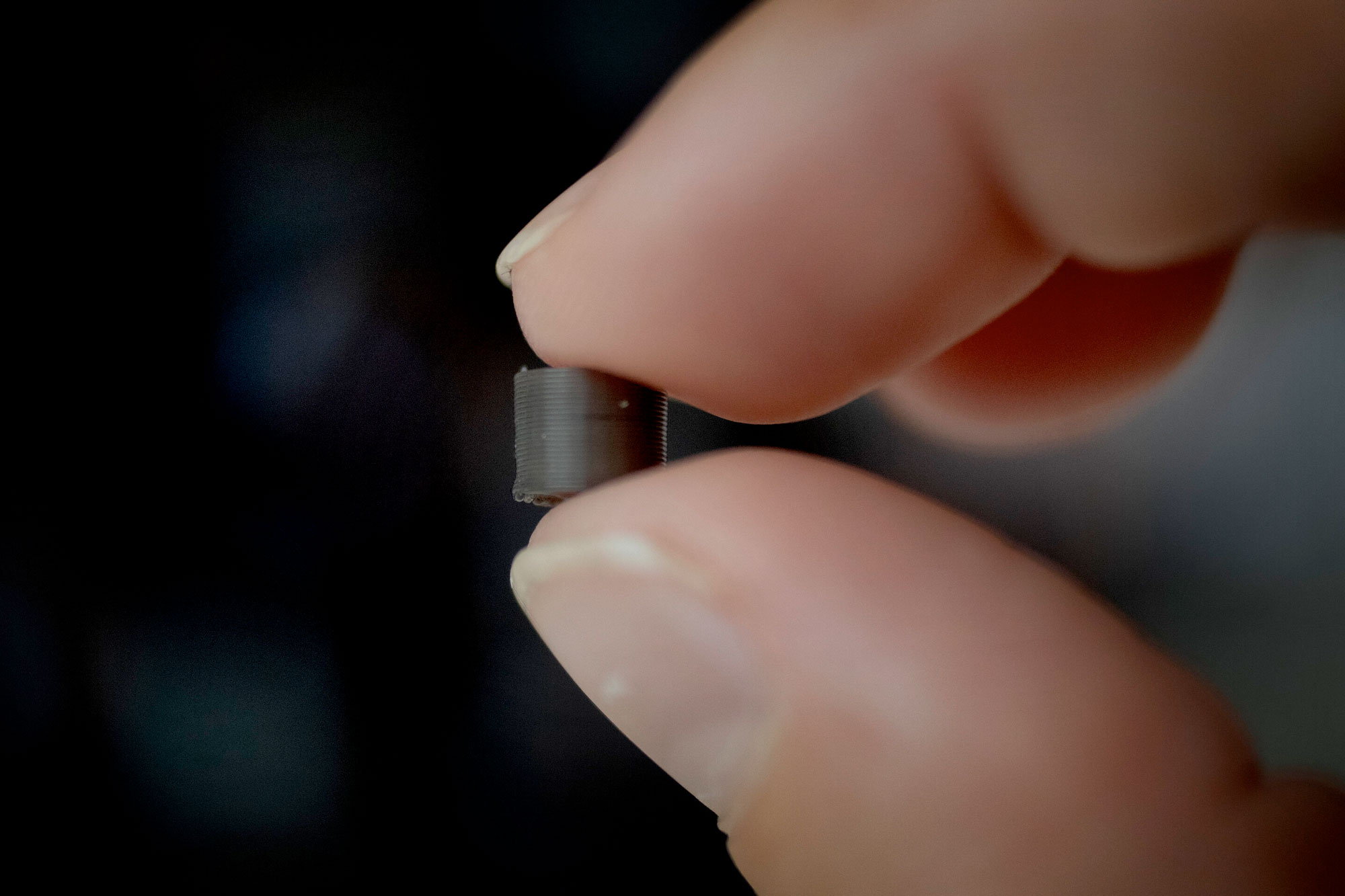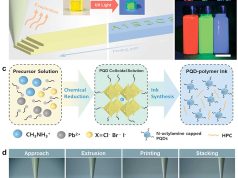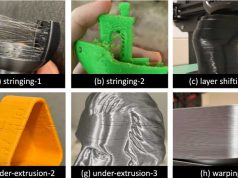Researchers at Chalmers University of Technology in Sweden have developed a novel plasmonic plastic that can be 3D printed. As they show in a study, the material is suitable for manufacturing optical sensors on a large scale through additive manufacturing.
The plasmonic plastic consists of a polymer in which plasmonically active metal nanoparticles are embedded. The polymer matrix protects the nanoparticles from external influences, but they can interact with light.
According to the researchers led by Christoph Langhammer, this property enables cost-effective mass production of a wide variety of optical sensors using 3D printing. As an example, they produced a sensor to detect hydrogen and warn of excessive concentrations.
The plasmonic plastic is flexible to shape and can be used in a wide range of sizes. By choosing the polymer and metal components, the properties can be tailored to the specific application. According to the researchers, the technology could offer great potential for sensor and medical technology.
For more information, see the paper “Bulk-Processed Plasmonic Plastic Nanocomposite Materials for Optical Hydrogen Detection,” which appeared in Accounts of Chemical Research (2023) (DOI: 10.1021/acs.accounts.3c00182)
Subscribe to our Newsletter
3DPresso is a weekly newsletter that links to the most exciting global stories from the 3D printing and additive manufacturing industry.
























